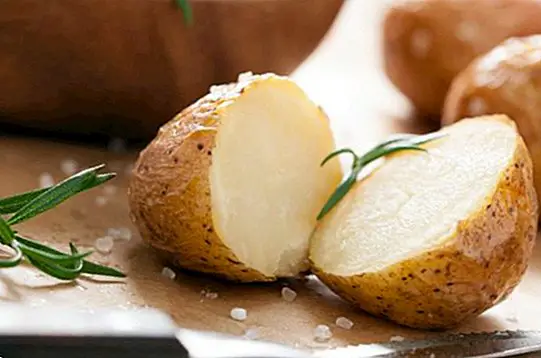What are estrogens and what are they for?
Did you know that, in reality, our body has 17 hormones -considered as important- whose existence is fundamental for the proper functioning of the organism? Some, for example, are responsible for acting on the circulatory system, increase the retention of sodium and water, or accelerate the overall metabolism. We are at this point with adrenaline, aldosterone, corticosterone or luteinizing hormone.
The estrogen They are probably one of the most popular and popular hormones. Although they are traditionally known in this way, very few people know that there are actually three forms of estrogen: estradiol, estriol and estrone.

The estradiol It is a form of estrogen that is produced from testosterone, and we find it especially in a greater amount in the woman's body during the years of fertility. The estriol It is synthesized from androsterone and is produced especially in large quantities during pregnancy. Finally we find the estrone, less abundant which is synthesized from progesterone.
What are estrogens?
Estrogens are the hormones mainly responsible for female sexual characteristics. Although men also possess estrogens, the truth is that they are present in higher amounts in the body of women, especially after the onset of menstrual periods from puberty, until the arrival of menopause.
In fact, it is during puberty that the production of estrogen begins to rise, which in turn stimulates maturation of the vagina, uterus, endometrium and fallopian tubes.
This level tends to remain stable until the arrival of menopause, which as you surely know will consist of the stage in which menstruation stops and a stage known as the beginning of menopause begins. climacteric (thus becoming the transition between the fertile period and old age).

Main functions of estrogen
Although estrogens are hormones widely known for their action on various female secondary sex characteristics (for example, they are essential for breast growth, widening of the hips and the appearance of menstruation), it also acts in other parts of our body :
- Cardiovascular system: Estrogens participate in the metabolism of fats, activating the production of the known as HDL cholesterol (good cholesterol).
- Protects bones: they prevent the bones from losing calcium, ensuring their correct and adequate mineralization. Therefore, they help in the prevention of osteoporosis and prevent the bones from becoming fragile.
- Urinary system: They help the urinary system function normally, helping to maintain the frequency of urinary function.
- Stimulate sexual desire: Estrogens are also responsible for promoting or decreasing sexual desire, stimulating libido.
- Improve the skin: Although this function is not as well known, the truth is that estrogens have a very important role in the production of collagen, so they tend to improve the appearance of the skin.
- Development of female sexual characteristics: As indicated above, estrogens are responsible for the growth of the breasts, the appearance of menstruation and the widening of the hips.
In addition to participating in these very important functions, did you know that the variations in the different levels of estrogen during the menstrual cycle cause some common and related disorders in this stage, as is the case of irritability, mood swings and insomnia ?.

They also help in the distribution of the woman's body fat, promoting the accumulation of fat in the hips and breasts, and also tend to stimulate the pigmentation of the skin, especially in the genitals, nipples and areolas.
On the other hand, different scientific studies have found that estrogen could help protect against Parkinson's (especially when estrogen is prescribed after menopause), and relieve joint pain so common after the arrival of the climacteric.


